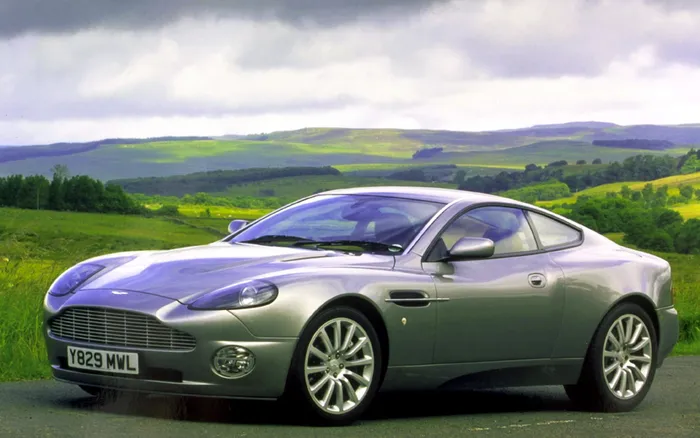How you can save millions on your car repayments

WORDS ON WEALTH:
Looking at the high number of cars on the road that cost over half a million rands and the many that cost more than a million, either there are a lot more wealthy South Africans than income tax statistics indicate or, as I suspect, many people are paying a lot more for their vehicles than would be prudent on their income and are pretending to be more wealthy than they actually are.
A current TV ad by insurer DialDirect distinguishes between two types of drivers: those who drive irresponsibly and cause “dings”, and those who get back “ching” by driving carefully and who pose less of a risk for the insurer.
I reckon the distinction can be extended to how responsible or irresponsible people are with their finances, and have a feeling that the groups coincide ‒ in other words, that drivers who drive irresponsibly also behave that way with their money, and that careful drivers are also the more prudent.
I have done some calculations on the cost of wheels over a 20-year period, and the results are interesting, to say the least. I compared two people, both say about 25 years of age, recently graduated professionals who have landed their first well-paying job and are ready to buy their first “real” car (up until now they have existed on hand-me-downs or student jalopies). They have worked out that they can spend about R6 000 a month on a car and each has R40 000 to put down as a deposit. I assumed the following: inflation is 5%, the interest rate on car finance is 9%, and the cars depreciate in value by 7% a year. Return on savings/investments is also 9%. I have not taken into account insurance and maintenance costs. I made good use of the car finance calculator on the Cars.co.za website.
Mr A is a “dinger”. He goes for a sporty model that oozes upmarket brand appeal, which costs R500 000. He opts for a residual balloon payment of 40% on his five-year repayment plan, which means his repayments are R6 897 a month – a bit more than he budgeted for, but hey, the car is worth it. He decides to get a new car every five years, with the trade-in value (the value of the car after depreciation) more than covering the balloon payment each time. Over 20 years, he buys four cars, each a 10% upgrade on his previous car, taking inflation into account.
Mr B chooses a car that has similar functionality, quality and reliability as Mr A’s car, but not quite the performance or brand appeal. It costs R300 000, and his repayments of R5 397 a month (well within his budget) cover the full cost of the car over five years. But instead of getting a new car every five years, he decides his cars can each last him for 10 years. After paying off his car over five years, he carries on putting away R5 397 a month to save up for the next car. After 10 years he buys a 20% upgrade on his previous model (again taking account of inflation), which lasts for another 10 years.
So how do things work out? With each new car, Mr A’s repayments get higher, so that on his fourth car, which costs R1 383 524, he is paying R15 333 a month. At the end of the 20-year period he has a vehicle worth R962 501 after depreciation, but still owes R553 409 on it as a balloon payment. His total repayments over 20 years have been R1 959 456 including the R40 000 deposit. Subtract R409 092 (what he’d get for his car after settling the balloon payment), and his total cost over 20 years is R1 550 364.
Mr B pays the same amount, R5 397, every month for 20 years, which becomes a smaller portion of his income as time goes on, assuming his salary keeps pace with inflation. After 10 years he has not only paid off his first car but saved R410 117 towards his second. With a trade-in value of R145 194 on his first car he almost covers the full cost of his second car: R586 402. The remaining R31 091 he pays off in six months, and carries on saving R5 397 a month thereafter. After the second 10 years he has a car worth R283 808 and has saved R974 312, more than enough to buy his next car cash. His assets (R283 808 + R974 312 = R1 258 120) almost match the R5 397 he has paid or set aside each month plus his deposit: (R5 397 x 240) + R40 000 = R1 335 280. Over 20 years his two cars have cost him R77 160!
So which profile fits you? Not only could your cars cost you literally millions less over your working lifetime, millions which could go into wealth-generating investments such as shares or property, and towards your retirement savings or your children’s education, but you could be getting back “ching” on your car insurance too.
PERSONAL FINANCE